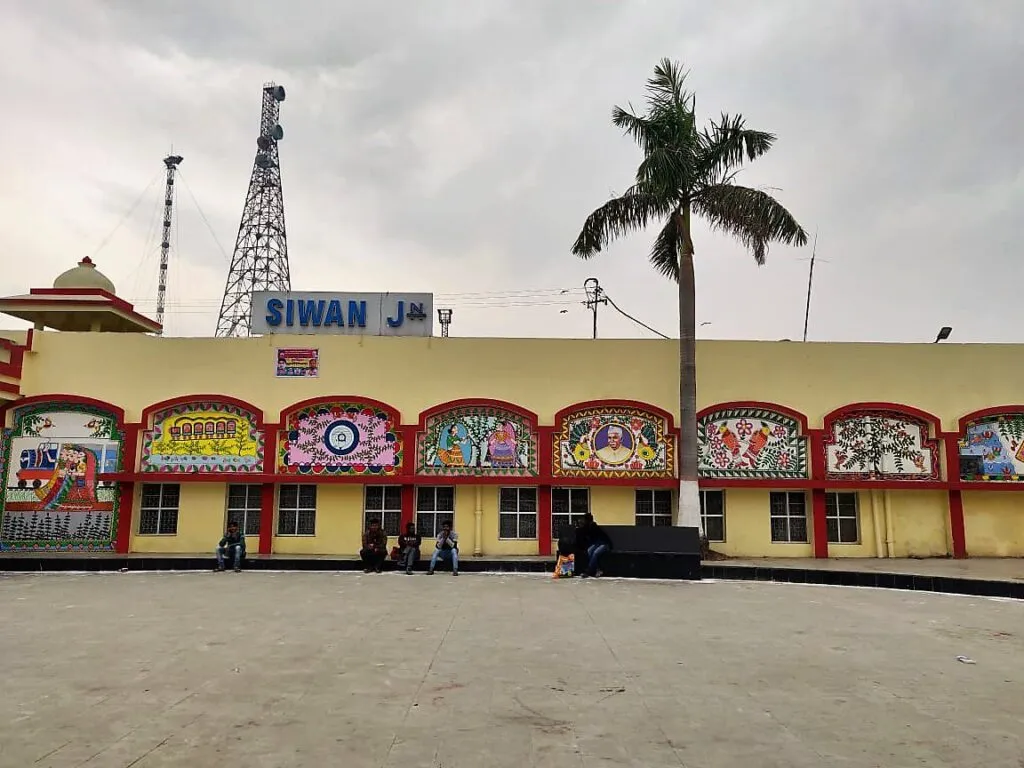
Siwan, a district in Bihar located along the fertile banks of the Ghaghara River, boasts a captivating blend of history, spirituality, and natural beauty. While Siwan isn’t as commercialized as some other tourist destinations, its understated charms make it a rewarding destination for those seeking authentic local culture, ancient temples, freedom movement landmarks, and tranquil escapes. Here’s an in-depth look at the top ten tourist places in Siwan as of 2025, ideal for a detailed travel article.
1. Zeeradei
- Why Visit: Zeeradei holds special significance as the birthplace of Dr. Rajendra Prasad, India’s first President and Bharat Ratna awardee. The simplicity and dedication embodied by Rajendra Babu are reflected in the village’s atmosphere.
- What to See: Ancestral home and a small museum with memorabilia related to Rajendra Prasad and India’s freedom movement. The surrounding countryside offers a glimpse into rural Bihar and life in a historic village.
- Getting There: Situated approximately 13km from Siwan district headquarters
2. Mahendra Nath Temple
- Why Visit: This ancient Lord Shiva temple in Mehdar village is not just a centerpiece for local faith but also attracts pilgrims from across Bihar and beyond—especially during Sawan and Maha Shivaratri, when it comes alive with rituals and fairs.
- Highlights: The temple’s architectural simplicity is enhanced by its natural pond and verdant setting. Devotees believe worship here brings peace and fulfillment.
- Getting There: About 32km south of Siwan, under Siswan block
3. Panchmukhi Shivalinga Temple (Mahadeva)
- Why Visit: Renowned for its intriguing five-faced (‘Panchmukhi’) Shivalinga, said by locals to have miraculously emerged from the earth. The faces of Brahma, Vishnu, and Mahesh are visible on the linga.
- Events: Hundreds gather daily, with especially large crowds on Mahashivratri for the annual fair.
- Location: Mahadeva locality, Siwan town
4. Burhiya Mai Temple
- Why Visit: This local temple, dedicated to goddess Burhiya Mai, occupies a prominent position in the spiritual life of Siwan. Legend holds that wishes are fulfilled here.
- Atmosphere: Saturdays are especially vibrant, with throngs of devotees making offerings of saris, flowers, and coconuts.
- Location: East-northern portion of Gandhi Maidan, Siwan town
5. Darauli
- Why Visit: Once named after Dara Shikoh (son of Emperor Shahjahan), Darauli features fascinating Mughal-era ruins. Its annual fair during Kartik Purnima brings the area to life with cultural vibrance, local crafts, foods, and music.
- Highlights: Explore remnants of Mughal architecture and immerse yourself in the local fair.
- Getting There: Approximately 25km southwest of Siwan headquarters
6. Don Village (Dona’s Stupa)
- Why Visit: An important, though lesser-known, Buddhist site. It is believed that Acharya Drona (from the Mahabharata) resided here, and Buddhist records cite this as the location where Dona distributed the Buddha’s relics and built a stupa over the container.
- Features: Today, a mound marks the stupa’s location, with a 9th-century statue of Tara now worshipped as a Hindu goddess.
- Ideal for: History and archaeology enthusiasts, seekers of Buddhist heritage.
- Getting There: Don village in Darauli block, accessible via road but noted for its rustic isolation
7. Anand Bagh Math & Sunder Bagh Math
- Why Visit: These dual samadhi temples in Bakhri village are associated with saints Swami Jaggannath Das ji and Bhagwan Das ji. They are major centers for spiritual gatherings, especially during auspicious Hindu occasions, drawing devotees from many states.
- Natural Setting: Located amidst greenery near the Daha river, these matths are tranquil, spiritual retreats.
- Location: Siswan block
8. Lakri Dargah
- Why Visit: This peaceful Islamic shrine marks the tomb of Shah Arjan of Patria. Notably, it attracts pilgrims from both Hindu and Muslim communities, symbolizing Siwan’s syncretic traditions.
- Events: The Urs festival (11th Rabi-us-sani) sees major gatherings.
- Historical Note: The Dargah’s origins are intertwined with Emperor Aurangzeb’s reign and local Sufi history
9. Bhikhabandh (Bhaiya-Bahini Temple)
- Why Visit: Unique in concept, this temple is dedicated to the bond between a brother and sister who, according to local legend, sacrificed their lives resisting Mughal soldiers in the 14th century.
- Cultural Insight: The temple’s folklore context and tranquil village setting make it a destination for those exploring lesser-known legends and local devotion.
- Location: Bhikhabandh village, Maharajganj block
10. Mairwa Dham
- Why Visit: Celebrated mainly for the Hari Baba ka Asthan (Brahma Asthan), this site combines pilgrimage, history, and rural charm. The annual fairs during the Hindu months of Kartik and Chaitra attract thousands.
- Other Sites: Chananriyam Dih mound, a shed for worship, and a well-known leper care home reflect both the spiritual and social legacy of the area.
- Location: Mairwa block, on the banks of the Jharhi river
Bonus: Other Notable Sites
- Faridpur: Birthplace of Maulana Mazharul Haque, freedom fighter and unity symbol.
- Raghunathpur: Place where Lord Rama is believed to have rested en route to Janakpur, adding a mythic aura.
- Ashiana: Home of prominent nationalist Maulana Mazharul Haque, noted for its secular legacy
Travel and Cultural Tips
- Best Time to Visit: October to March, to avoid the excessive heat and humidity of the summer, and to catch local festivals and fairs.
- Getting Around: Siwan town is well-connected by roads and rail. For the villages and rural sites, taxis or local transports are recommended.
- Culture: Most sites are associated with religious fairs and festivals, so expect a lively, authentic experience if you visit during those times.
Conclusion
Siwan, despite its offbeat reputation, is a repository of deep-rooted Indian culture—whether you are fascinated by presidential history, Sufi shrines, ancient temples, or the folklore that lives on in its villages. The top 10 tourist places listed here promise an experience rich in history, faith, and the warmth of its people
